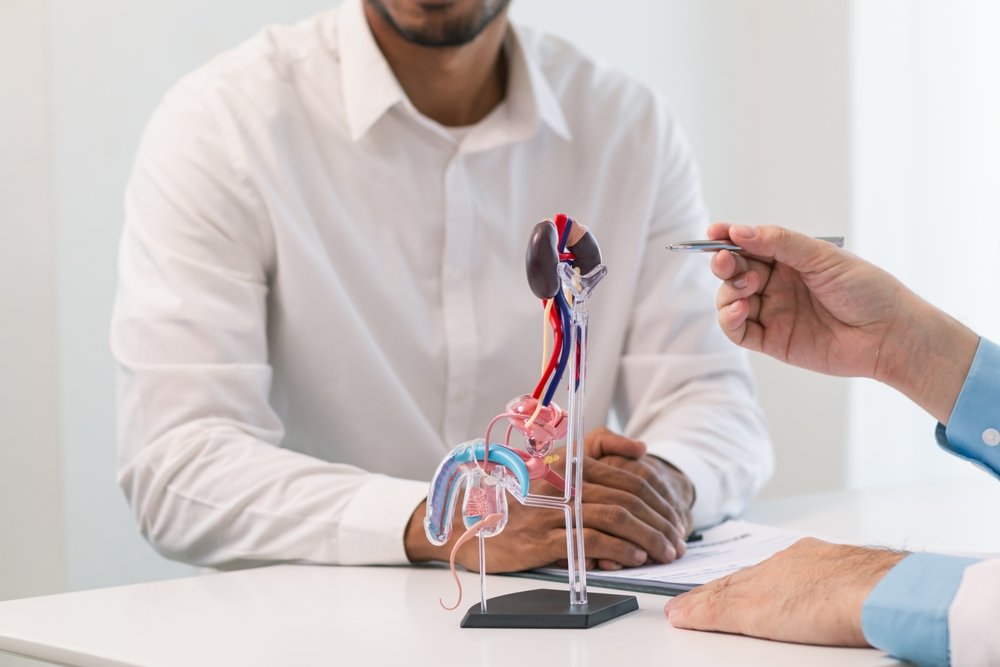
This procedure involves inserting a thin tube, known as a ureteral stent, into the ureter to facilitate urine flow and maintain kidney function.
A ureteral stent is a thin tube placed inside the ureter to ensure the flow of urine from the kidneys to the bladder. This stent helps prevent problems caused by obstructions or narrowings in the ureter due to kidney stones, tumors, strictures, or post-surgical complications. Ureteral stents are crucial for maintaining urine flow and protecting kidney function.
The primary purpose of a ureteral stent is to ensure urine flow and maintain kidney function by relieving ureteral obstructions. By allowing urine to flow freely, the stent prevents damage to the kidneys and improves the overall health of patients. Ureteral stent placement is an effective treatment method for managing various urological issues.
Ureteral stent placement is typically performed under general or spinal anesthesia using an endoscopic procedure. Initially, a thin tube with a camera (cystoscope) is inserted through the urethra to visualize the bladder and ureters. The stent is then positioned within the ureter, extending from the kidney to the bladder, ensuring proper urine flow.
The procedure usually takes 30-60 minutes, and patients are typically discharged on the same day or the following day. After the stent placement, mild pain, blood in the urine, or a burning sensation during urination are normal and usually subside within a few days. Patients should carefully monitor their symptoms and attend regular follow-up appointments with their doctor.
The primary advantage of a ureteral stent is its ability to maintain urine flow and protect kidney function by relieving ureteral obstructions. This stent allows urine to flow freely and prevents kidney damage, improving the overall health of patients. Ureteral stent placement is an effective treatment for various urological problems.
However, there are some risks and complications associated with ureteral stent placement. Post-procedure, patients may experience infection, bleeding, and urinary complications. Additionally, there is a risk of the stent moving out of place or becoming blocked. Patients should closely monitor their symptoms and immediately consult their doctor if any abnormalities occur. All risks and complications should be thoroughly discussed with the doctor before the procedure.
After ureteral stent placement, it is crucial for patients to monitor their symptoms and follow their doctor's instructions. Mild pain, blood in the urine, or a burning sensation during urination are normal but typically resolve within a few days. Patients should drink plenty of water and maintain proper hygiene to reduce the risk of urinary tract infections.
Patients should rest and avoid strenuous physical activities following the procedure. Additionally, taking prescribed antibiotics regularly helps minimize infection risk. Regular follow-up appointments with the doctor are essential to evaluate the success of the treatment and monitor for potential complications. This follow-up and care process ensures a healthy recovery for patients. For more information, contact EMPCLINICS.
Stent removal is typically performed using endoscopic methods such as cystoscopy or ureteroscopy. The procedure is usually brief and conducted under local anesthesia.
After placement, some individuals may experience mild discomfort, burning during urination, and groin pain. These symptoms are usually temporary and can be managed with prescribed pain relievers.
? If stents remain in place for too long, they can become blocked or increase the risk of infection. Your doctor will determine the appropriate time to remove the stent.